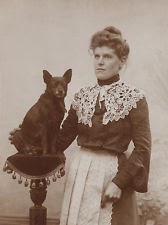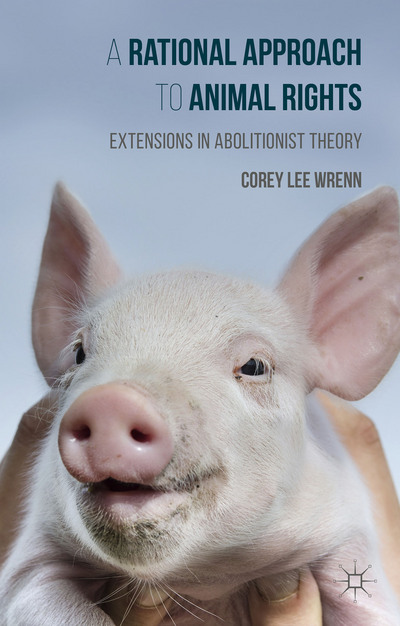The following literature review is part of a series for World Vegan Month. Other essays can be accessed by visiting the essays catalog.
Diane Beers. 2006. For the Prevention of Cruelty: The History and Legacy of Animal Rights Activism in the United States. Athens, OH: Ohio University Press.
 There are several historical accounts of the Nonhuman Animal rights movement available, but this is perhaps the book I cite most frequently. Beers’ exploration begins with the pre-World War II era where advocate organizations were (not unlike today) “predominantly white, male, urban elites led groups, while a middle- and upper-class constituency dominated by women supplied the rank and file” (8). Before 1945, she reports, “most women asserted their voice through their impressive financial support and extensive volunteerism as members, not leaders” (9).
There are several historical accounts of the Nonhuman Animal rights movement available, but this is perhaps the book I cite most frequently. Beers’ exploration begins with the pre-World War II era where advocate organizations were (not unlike today) “predominantly white, male, urban elites led groups, while a middle- and upper-class constituency dominated by women supplied the rank and file” (8). Before 1945, she reports, “most women asserted their voice through their impressive financial support and extensive volunteerism as members, not leaders” (9).
Many advocates were simultaneously involved in other social justice causes, with many from the ranks of abolitionists and suffragists. Beers reports that England was several decades ahead of the United States in spearheading anti-speciesist efforts. She cites America’s growing pains as one reason for the slow growth, but the abolitionist mobilization around the Civil War era did inspire an anti-slavery imagination. Indeed, early Nonhuman Animal activists relied heavily on slavery analogies. “Back to the land” movements of the same era also inspired vegan ethics.
Humanitarian efforts of the Progressive era pushed for animal issues alongside other reform efforts. Gender stereotypes and elitism continued to plague the movement, however, typing women as natural caregivers gave them the leverage to become active outside the home. At this time, organizations were also under fire for their preference for conservative agendas. Critics called these organizations a serious barrier to anti-speciesist progress. Beers explains:
In part, evidence supported their charges. As the national organization’s reputation and influence as apolitical insider spread, its policies increasingly reflected the interests of the opponents, and conventions increasingly ousted radical delegations. Furthermore, industrialists generously funded the association, and that patronage created inherent limitations for campaign strategies and reforms. More radical groups might simultaneously publish explicit exposés, prosecute companies for violations, admonish consumers for eating cruelly produced meat, and even endorse vegetarianism, but the AHA carefully avoided any tactics that would antagonize its proindustry beneficiaries. (71)
Predictably, organizations defended this compromise as both a pragmatic necessity given political and economic realities and a benefit to the movement overall. They also charged that abolitionist goals were utopian and only served to make the movement look fanatical, thus alienating the public. Sound familiar? Following World War II, the welfare movement and the animal rights movement had, for all intents and purposes, split ways.
This era also saw the rise in humane education, with activists hoping to reach young people with messages of social justice and compassion before they could be indoctrinated with the oppressive ideologies of the state. All was quiet on the animal rights front in the strained years surrounding World War I, but the movement grew alongside the growth of Nonhuman Animal exploitation following the war. Post-war consumption practices made advocating concern for Nonhuman Animals especially difficult. Though successes were marginal, this period did pave the way for the radical activism of the post-1975 period.
Of course, the wave of social justice activism of the 1960s breathed new life into the movement:
Just as the abolition and suffrage movements of the nineteenth century created precedents for the ethical consideration of all creatures, the civil rights and feminist struggles of the late twentieth century blazed a trail of liberation ideology that animal defenders inevitably walked. (149)
A history of moderate tactics in tandem with anti-communist sentiment would stifle radical advocacy to some extent, although key publications in anti-speciesism in the late 20th century would popularize the goal for liberating other animals.
Readers can learn more about the history of the Nonhuman Animal rights movement and its consequences for anti-speciesism in my 2016 publication, A Rational Approach to Animal Rights.
This essay was originally published on The Academic Activist Vegan on November 16, 2013.

